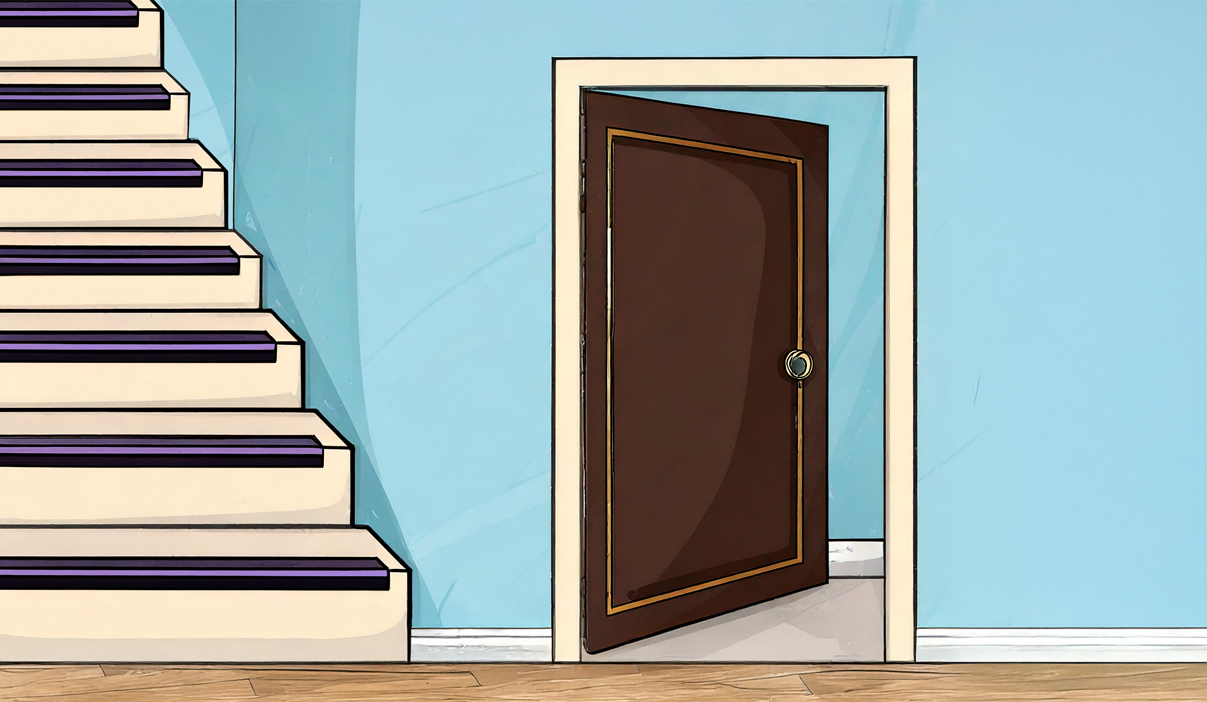Preventing falls begins with small choices that make your home safer and your steps steadier. These aren’t complicated changes; they’re practical steps.
- Keep clear and open pathways. Unexpected obstacles are the biggest hazards. Keep walkways free of cords, shoes, papers, and toys. Secure rugs with nonslip pads or double-sided tape, and arrange furniture to create straight, open paths. Avoid low tables and ottomans that can be easy to trip over. If you have a pet, adding a bell to their collar lets you know when they’re close by.
- Use contrast and texture. High-contrast tape on stair edges, a dark towel against a light wall, or a brightly colored lamp can help you spot where you are and what you need. Texture works, too: mats where flooring changes, or a rug in front of the sink, can tell you where you are and remind you to adjust your step.
- Make lighting work for you. Let natural light in where you can, and make sure rooms are evenly lit. Add nightlights in bedrooms and bathrooms, and try motion-sensor lights in hallways. These small touches mean you don’t have to fumble for a switch in the dark.
- Use supports that empower. Handrails and grab bars add a layer of security. A sturdy rail on both sides of the stairs, or a grab bar by the toilet or shower, can give you that extra steadiness as you move around.
- Tell others in your household. Tell anyone that lives with you about the importance of not moving furniture without informing you. Also, closing doors and cabinets and keeping walkways free of trip hazards will keep everyone safer in your home.
Focusing on these five areas, you can make your home not just a safer place, but one that supports you in living fully.
Tour Sam Seavey’s Low-Vision Friendly House
Take a tour with Sam Seavey from The Blind Life as he walks through his home and shares the simple, practical changes that make his space work for him and his vision loss.
More practical help
Hadley’s workshops Preventing Falls and Making Your Home Low Vision Friendly offer more tips for making your home a safe, predictable environment for you.
Coping with vision loss
Losing vision later in life is not just a practical adjustment; it's deeply emotional. Hadley’s Donahoe Center offers compassionate assistance, a supportive community, and trusted resources that promote well-being and foster connectedness. Call us at 800-323-4238.
What changes have you done, or want to do, that make your home safer with vision loss?

0 Comments